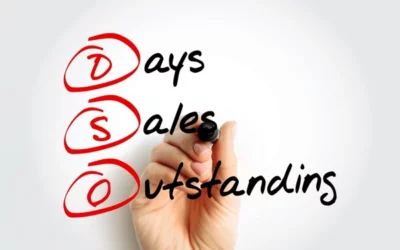A Taxpayer Identification Number (TIN) is more than just a number—it’s essential for tracking income, verifying identity, and maintaining accurate business records. Discover how managing your TIN effectively can enhance compliance, protect privacy, and support seamless financial operations.
Ways to Improve DSO
Improving Days Sales Outstanding (DSO) is essential for maintaining healthy cash flow and fostering business growth. By streamlining invoicing processes, enhancing payment terms, and closely monitoring client payment patterns, businesses can reduce the time it takes to collect payments, ensuring greater financial stability and operational flexibility.
What is Days Sales Outstanding (DSO)?
Days Sales Outstanding (DSO) measures how quickly you get paid after a sale, offering key insights into your business’s cash flow and financial health. This guide will help you understand DSO and why managing it is essential for stability and growth.
Valid vs. Invalid Chargebacks
Chargebacks are a double-edged sword—designed to shield consumers from fraud but often misused, creating challenges for merchants. By distinguishing between valid and invalid chargebacks, businesses can navigate disputes with confidence, safeguard their revenue, and maintain strong payment processor relationships.
What Are Chargeback Terms?
Chargebacks can be challenging, but understanding the terms and processes behind them empowers merchants to handle disputes effectively. This guide breaks down key chargeback terms, offering clarity on timelines, requirements, and best practices for navigating disputes.
What Is the Chargeback Process?
Chargebacks are a vital consumer protection mechanism, but for merchants, understanding and managing them effectively is key to minimizing losses and maintaining smooth operations.






